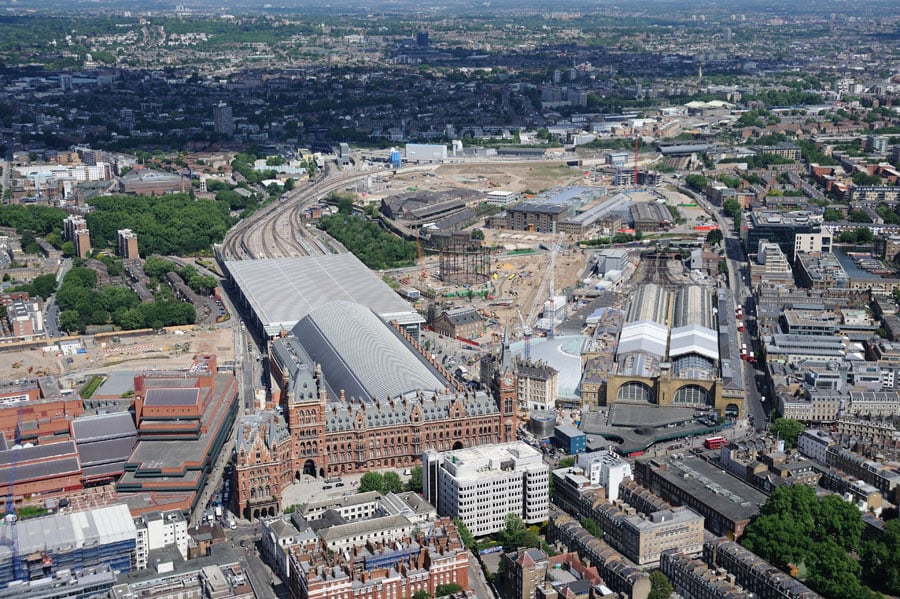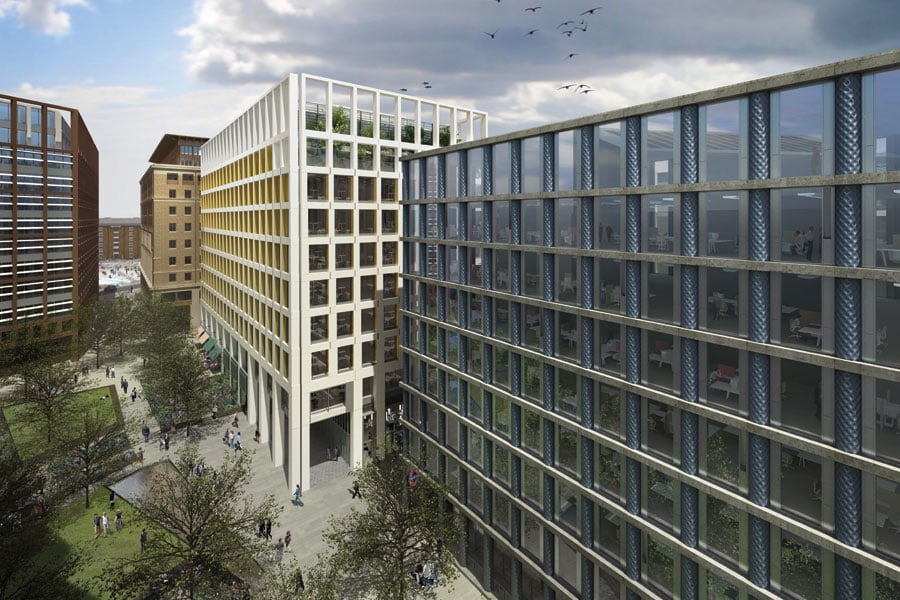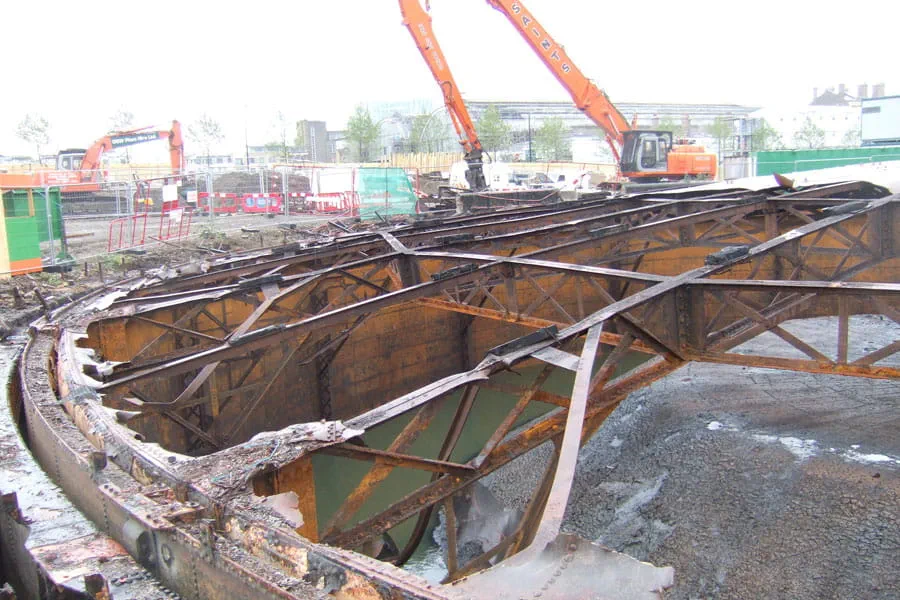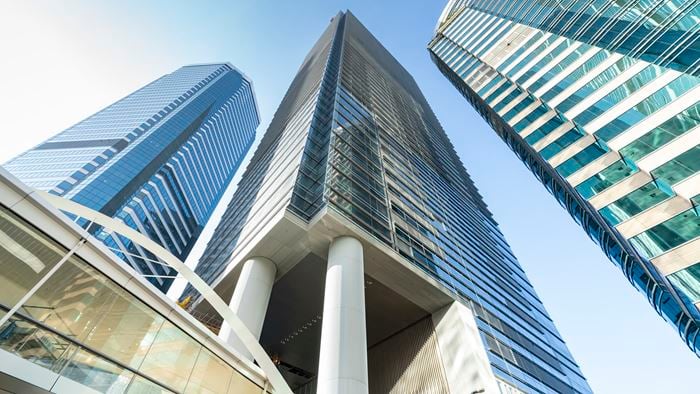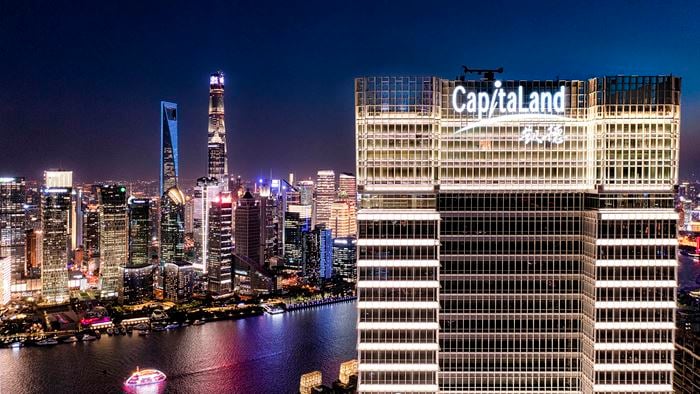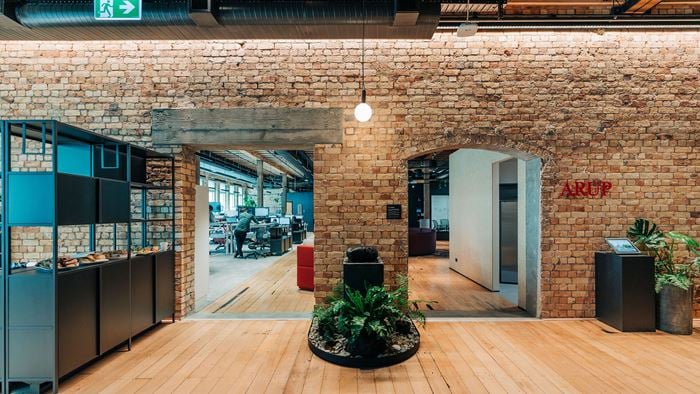Regeneration
King’s Cross Central is one of Europe's largest city centre brownfield regeneration schemes and will deliver eight million square feet of mixed-use development, including up to 25 large commercial buildings. The developer is King's Cross Central Limited Partnership which is a joint venture between Argent, London & Continental Railways and DHL.
Since 2006, Arup has provided environmental consultancy to Argent across the King’s Cross Central site. Through this trusted relationship, we were selected as Argent’s environmental consultant for Zone B, an area that covers approximately two hectares of land and overlies the former Imperial Gasworks.
The industrial legacy of Zone B remains in the form of the buried gasworks infrastructure and associated contaminated soils and groundwater. Argent’s brief was to develop robust technical solutions that follow sustainability principles to deliver cost-effective land remediation.
Collaboration
Close collaboration with the design team has been a feature of the project. It has been crucial in assessing the development holistically and producing cost-effective measures to mitigate contamination risks within the site’s constraints. Following our remediation options appraisal we translated the agreed measures into implementation plans. These provided the remediation requirements for the contractors and their designers to plan and undertake the site works. As the works moved into the implementation phase our role expanded to technical auditor acting on behalf of Argent to ensure the site works complied with the implementation requirements.
Sustainable development
Our involvement has helped Argent consider the impacts of contaminated land and has reduced cost through early adaptation of the building designs. By deriving remediation solutions at the top of the sustainability hierarchy and limiting the adverse effects of contaminated land regeneration, we have supported Argent in their aspiration to deliver an exceptional scheme.
Award-winning
Arup was highly commended for the best conceptual design for this scheme at the Brownfield Briefing Awards 2012.
Interpretation and risk assessment
Initially data collation was undertaken to assemble the available information on the site’s history, geology, environmental setting and ground conditions. Key information included the field observations and laboratory results from previous ground investigations in combination with the historical site mapping. These data were used to compile conceptual models of the site, highlighting the sources of contamination and the potential pathways that could connect them to the buildings’ future users and environmental receptors. Quantitative risk assessment determined which of these pollutant linkages posed a risk of harm to the future building users or pollution of environmental receptors and would require remediation.
Remediation options appraisal
We completed an appraisal of the available technology options to identify suitable remediation measures to mitigate these pollutant linkages. We established the technical objectives and engaged with the client and contractor to understand their managerial objectives. Constraints to the viability of the remediation techniques included programme, cost, commercial arrangements, space and planning restrictions. A shortlist of the feasible techniques that met the objectives and that were applicable within the constraints was identified. Our detailed evaluation considered the effectiveness, environmental impact, proven applicability, financial viability and practicality of verification of the technologies. The resulting preferred options formed the basis of the recommended remediation strategy.
Implementation and Verification Planning
The preparation of a series of implementation and verification plans provided the contractor with a framework for undertaking the detailed design of the remediation works. These guidance documents presented the conceptual design of the agreed remediation options and set the objectives, principles and standards to be adopted in the method of works. The verification requirements ensured that the appropriate validation monitoring and testing were incorporated into the contractors method statements. The responsibilities of the parties involved in the remediation works were identified, together with the final verification reporting requirements.
Technical advisor and site audit
As the works moved into the implementation phase, our role was that of Argent’s technical advisor confirming the remediation works were consistent with the agreed framework. This included regular site visits and engagement in site meetings and decisions relating to the remediation works and contaminated land challenges. Close collaboration with the contractor and their remediation consultant was established to rigorously plan the works and ensure confidence in the methods proposed.
Verification reporting
The close-out phase of our services includes collation and issue of a series of verification reports for the building plots within Zone B. These reports summarise the remediation works undertaken, present the lines of evidence that confirm that the remediation objectives have been met including drawings, waste management information, laboratory results and photographs. These reports act as key documents for the Local Authority, Environment Agency and future building tenants, providing evidence that the works have been undertaken in line with UK contaminated land guidance and that sustainable remediation solutions have been implemented and verified.
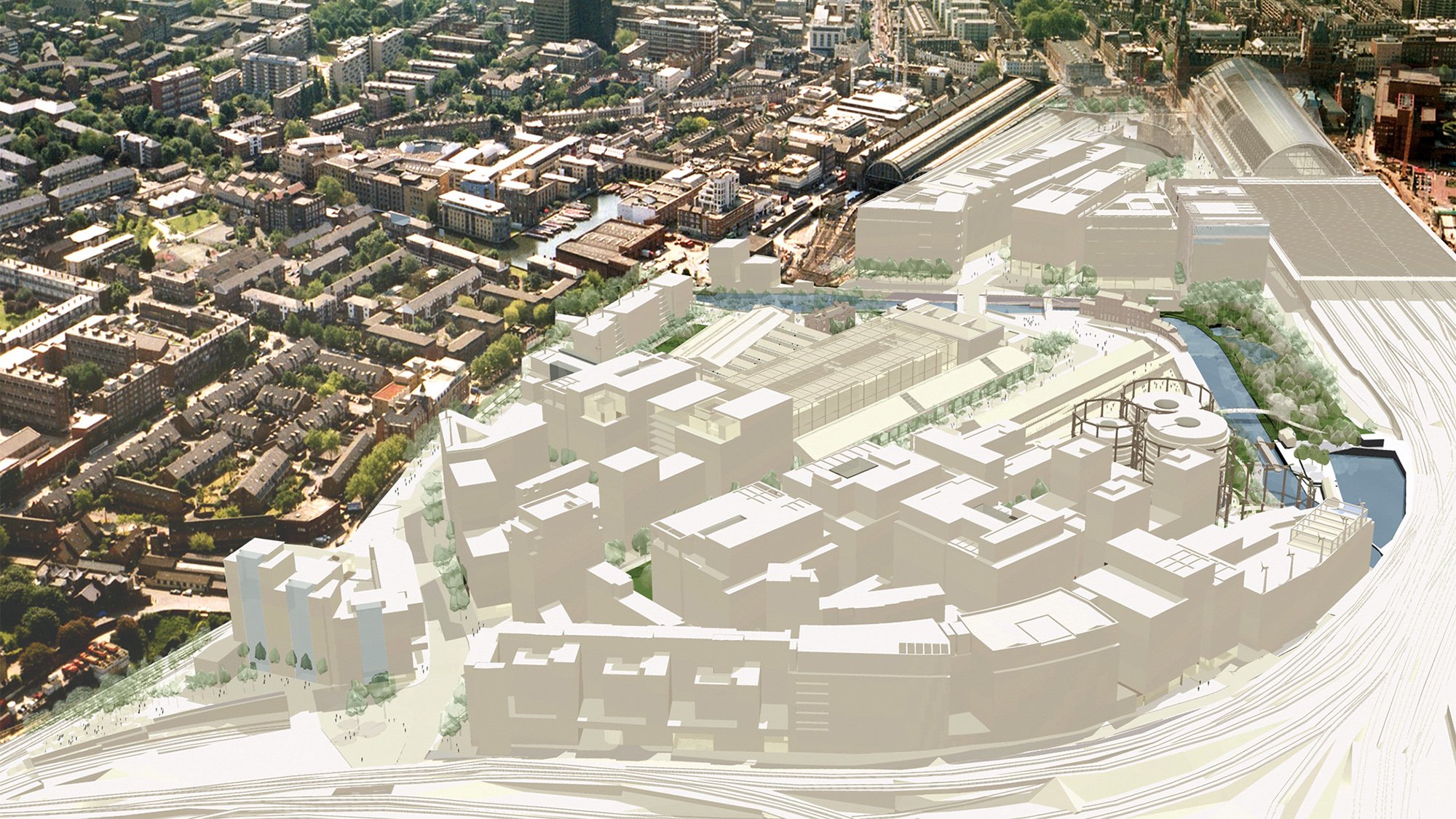 ;
;

